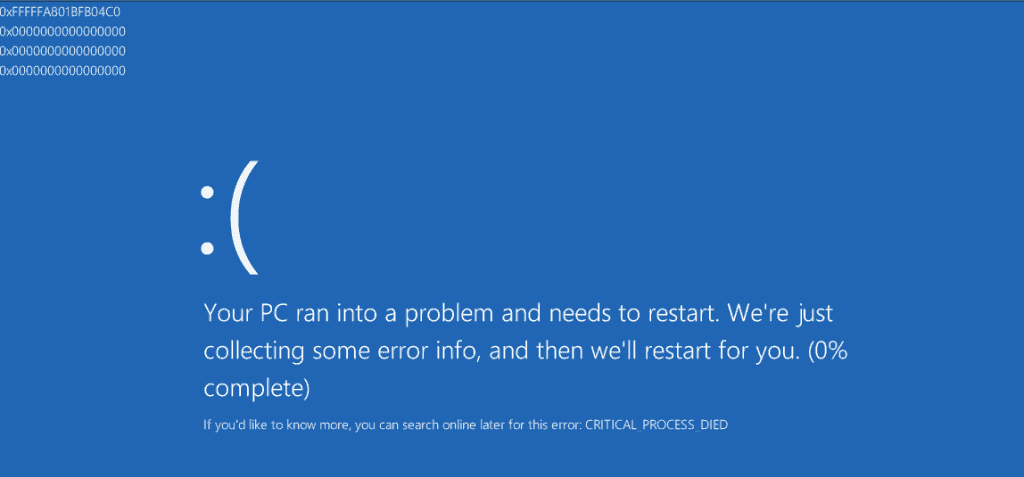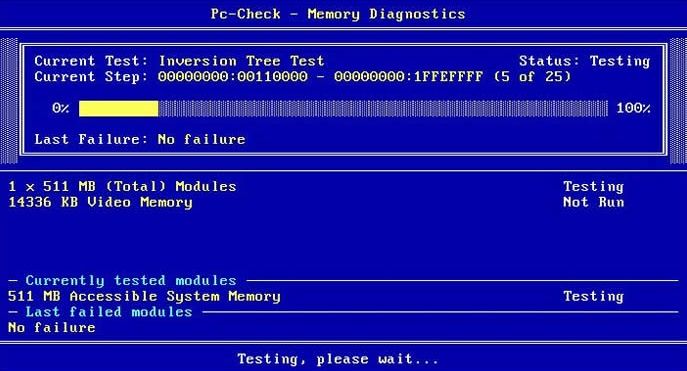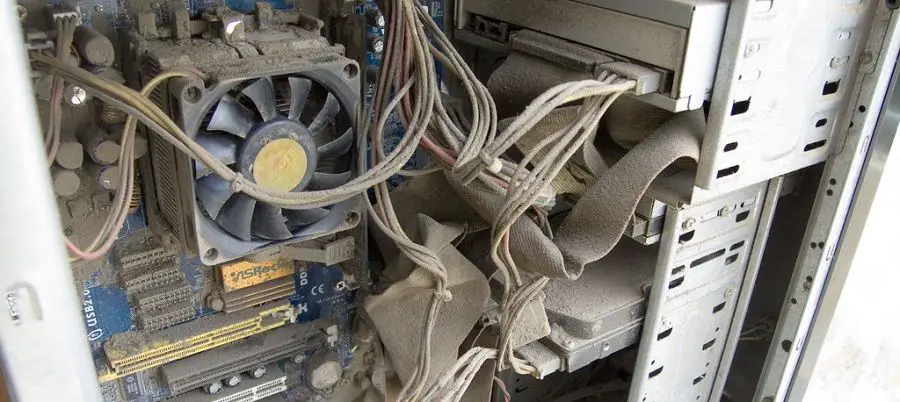Disclaimer: This post may contain affiliate links, meaning we get a small commission if you make a purchase through our links, at no cost to you. For more information, please visit our Disclaimer Page.
People are facing with PC problems every day. Many of them are easy to fix, but they don’t really know how to diagnose and solve the actual problem. You don’t need to be a computer technician, but you should be able to detect certain signs of PC problems so you can get necessary tools in for maintenance.
However, diagnosing and fixing PC problems aren’t quite easy. If you have ever opened up your PC, you will know there are many hardware components in there, which means many potential points of failure.
That’s why I write this article, to tell you the exact place to look and identify failing hardware.
Methods To Identify Hardware Failures In Your PC Components
In fact, your computer isn’t as complicated as you thought. You can easily discern the parts, like motherboard, processor (CPU), graphics card (GPU), RAM, hard drive, power supply (PSU) and some other parts.
Knowing all parts of hardware components of your computer and how does each component work, will help you to understand more about your PC, as well as easier to diagnose and troubleshoot.
In this article, I will not show you how to discern computer parts. But I will show you a few tips that may be helpful to identify failure hardware component in your PC.
Diagnose Hardware Problems Based On Blue Screen Error Message
The first sign of a hardware failure is the Blue Screen of Death (BSOD) error that will appear on your computer, along with stop code, or also known as BSOD code, as well as the information about the corrupted driver or the sort of error it’s encountering.
As for instance, let’s say you are encountering a BSOD error that says: “System Thread Exception Not Handled“, and identified “nvlddmkm.sys” as the reason that caused the error. By doing a quick search on Google about the nvlddmkm.sys file, you will find many useful solutions to help you fix this issue. This drive belongs the NVIDIA graphics card, and that’s where you should start from.
Diagnose PC Hardware Problems With PC Check Software – An All-In-One Solution
PC Check is an all in one solution from Eurosoft Computer Diagnostic, a UK-based company that offers variety solutions to diagnose your computer. It comes with a Windows software that allows you to select what kinds of hardware you want to diagnose. Then create an ISO file and make a bootable USB flash drive or DVD from it.
From the bootable USB flash drive or DVD, you can boot your computer up and start to do hardware check without accessing to your operating system.
You can view the video below to know how does PC Check work.
Test Your RAM To Find Out The Problem
RAM failure can result in many problems. For example, if your PC writes data to RAM, but it returns different data, you may see programs crashes, file system corruption, or even Blue Screen of Death errors.
To test your RAM and see whether it is working properly, you can use the Memory Diagnostic tool, a built-in feature in Windows. This tool will write data to every sector in all of your RAM sticks. Then read it back to ensure that all of your RAM sticks are working properly.
[full-related slug1=”everything-about-cpu-z” slug2=”windows-troubleshooters”]Check The Temperature Of Your Computer Hardware
Do you know how hot your CPU or GPU is? Overheating can lead to many problems, including crashes, sudden shutdowns, or BSOD errors. The temporary of your PC is high because you put it in a very hot place and poorly ventilated, fans inside your PC aren’t working, or it is full of dust.
To know how hot your computer is, use HWMonitor, a hardware monitoring program to check CPU temperature, mainboard temperatures, GPU temperature, fans speed and much more – from CPUID.
This information is generally available in the BIOS of your computer. However, accessing your BIOS to view every time you need is very inconvenient. So I would recommend you to use HWMonitor to check your computer’s temperature level and make sure it is in the appropriate range.
After checking the temporary of your PC, if it is overheating, you can swap parts out, remove dust, and clean them up. From there, install a CPU cooler or put your computer in a cooler place.
[right-related slug=”best-free-adware-removal-tool-windows”]Swap Parts Of Your Computer Out To Test
You know, not every hardware issue is easy to diagnose. In case you have a bad mainboard or PSU, it’s hard to test or diagnose the actual problem, as well as to tell if these parts are causing issues unless you replace them.
So, the best method to determine if a part of your PC is faulty is to replace it. As for instance, if you think your RAM or graphics card may be causing your PC to a BSOD error, just replace it with a new one. If everything is working well, it is likely that the previous RAM or graphics card was bad. Of course, you need to have parts ready to replace or just borrow them from your friends. I wouldn’t recommend you to buy a new one from the store before determinating the exact reason.
This is not a complete guide to diagnosing your computer hardware. Just a few useful tips that give you some places to get started.




